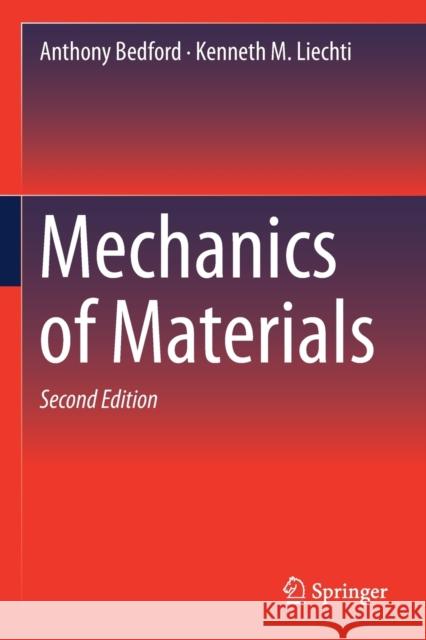Mechanics of Materials » książka
topmenu
Mechanics of Materials
ISBN-13: 9783030220846 / Angielski / Miękka / 2020 / 1019 str.
Mechanics of Materials
ISBN-13: 9783030220846 / Angielski / Miękka / 2020 / 1019 str.
cena 403,47
(netto: 384,26 VAT: 5%)
Najniższa cena z 30 dni: 308,41
(netto: 384,26 VAT: 5%)
Najniższa cena z 30 dni: 308,41
Termin realizacji zamówienia:
ok. 22 dni roboczych
Dostawa w 2026 r.
ok. 22 dni roboczych
Dostawa w 2026 r.
Darmowa dostawa!
Kategorie:
Kategorie BISAC:
Wydawca:
Springer
Język:
Angielski
ISBN-13:
9783030220846
Rok wydania:
2020
Wydanie:
2020
Ilość stron:
1019
Waga:
1.41 kg
Wymiary:
23.39 x 15.6 x 5.18
Oprawa:
Miękka
Wolumenów:
01
Dodatkowe informacje:
Wydanie ilustrowane











